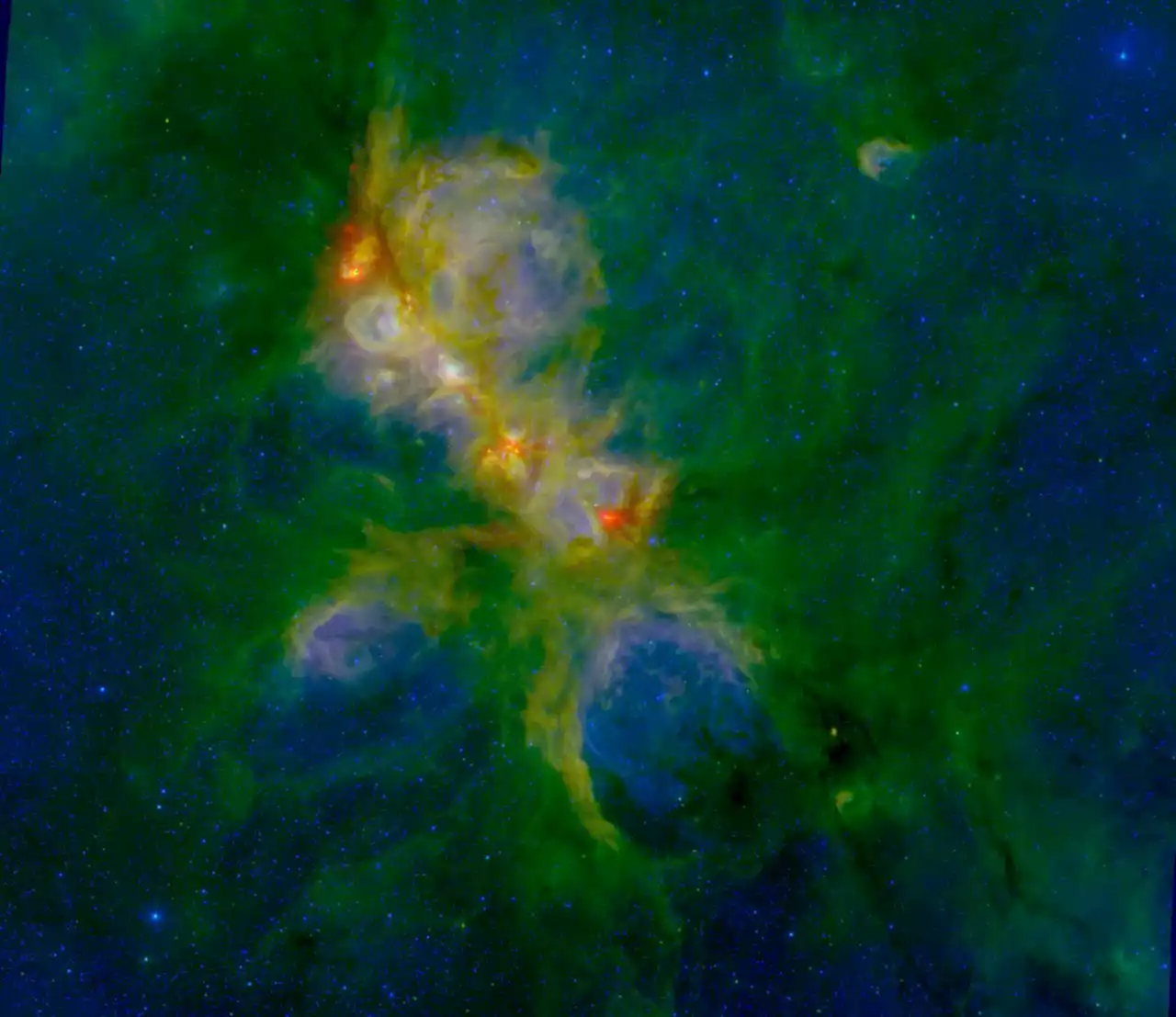A.I. Finds a New Way to Build Multiple-Star Systems - by PaulMattSutter
Over over 50% of high mass stars reside in multiple star systems. But due to their complex orbital interactions, physicists have a difficult time understanding just how stable and long-lived these systems are. Recently a team of astronomers applied machine learning techniques to simulations of multiple star systems and found a new way that stars in such systems can arrange themselves.
Classical mechanics has a notorious problem known as the three-body problem. While Newton’s laws of gravity can easily handle calculations of the forces between two objects and their subsequent evolution, there is no known analytic solution when you include a third massive object.
belong to at least a binary pair, and many of them belong to triple or quadruple star systems. Obviously the systems last a long time, otherwise they would have flung themselves apart a long time ago before we had a chance to observe them. But because of the limitations of our tools we have difficulty assessing how these systems organize themselves and what the stable orbit options exist.
